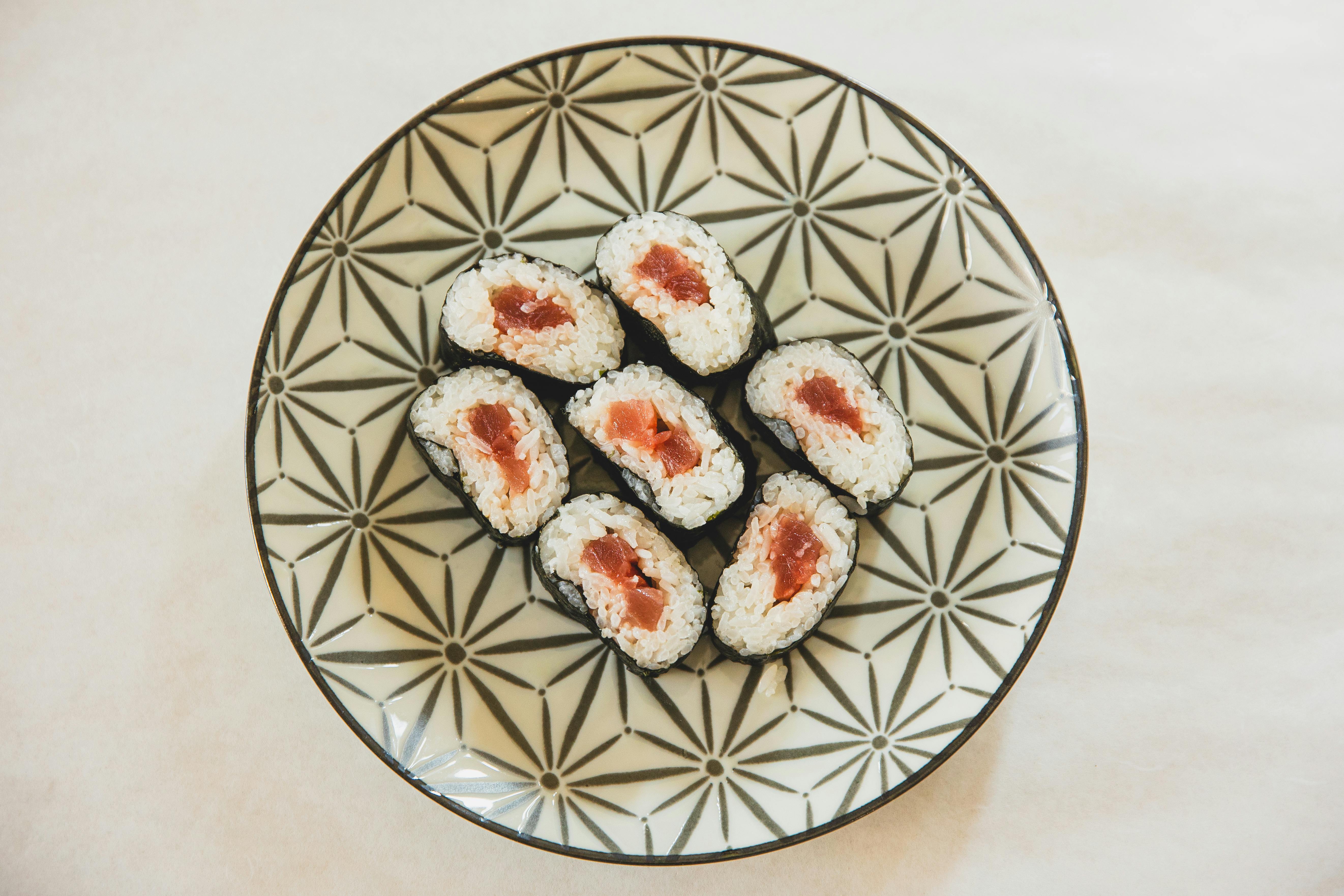
Integral Color in Concrete with Exposed Aggregates and Aggregates of Different Colors
Exposed aggregate concrete, a popular decorative concrete finish, gets its look and texture from the aggregates within the concrete mix, which can include materials such as crushed rock, small stones, pebbles, and sand. The easiest way to achieve this finish is by washing and brushing the cement paste until the aggregates are exposed. In a different method, the aggregates are spread over wet concrete and embedded before the concrete sets. This is followed by the same washing and scrubbing techniques to expose the aggregates.
Selection of colored stone aggregates
In the exposed aggregate finish, the final dominant color of the surface will depend on the color of the stones, while their size and shape will determine the texture of the surface. Known as coarse aggregate, the stones are available in a stunning array of colors, including marble, green or black quartz, feldspar, obsidian, red gravel, granite, and basalt, among others.
The color variations of these natural stones depend on their geological origin. With the wide selection of colors, it’s easy to choose colors that will enhance any landscape. If you want a surface exposed to light, you can choose stones in subtle pastel shades like rose quartz. For earth tones, some options are limestone gray or basalt black. If richer hues are desired, there is dark blue granite or red lava rock. Icy Pink River Rock and Cranberry Granite are other interesting options.
However, in addition to color, there are other factors to consider when selecting decorative coarse aggregate, such as size, grade, shape, surface texture, and durability. All of these things must be taken into account to ensure that the chosen aggregates are appropriate for their intended use. For example, it is better to use smaller stones that are comfortable on the feet on pavements that receive bare foot traffic, such as in swimming pool areas, while smooth and glassy stones may not be suitable for sloped paths due to their low resistance to wear. glide.
Coloring the Concrete
While coarse aggregates impart their natural color to the concrete surface, the cement matrix between them can also be colored, so it’s not just gray or white. One way to color concrete is to use integral colors, which color the concrete throughout. These pigments are called integral because they mix with the concrete mix, resulting in a color that spreads throughout the concrete.
Using integral colors is more convenient than other color options since the color is already mixed into the concrete. This also means labor cost savings because no additional steps are required to color the concrete; concrete can be placed and finished as usual. Also, because the color is an integral part of the concrete, it will not peel off even if the surface is chipped.
When choosing an integral color, select a hue that complements or enhances the coarse aggregate color palette. The correct pigment ratio is important to achieving the desired color and pigment suppliers will be able to help determine this. It is essential to make small test samples to find out the exact pigment and concentration level to use.